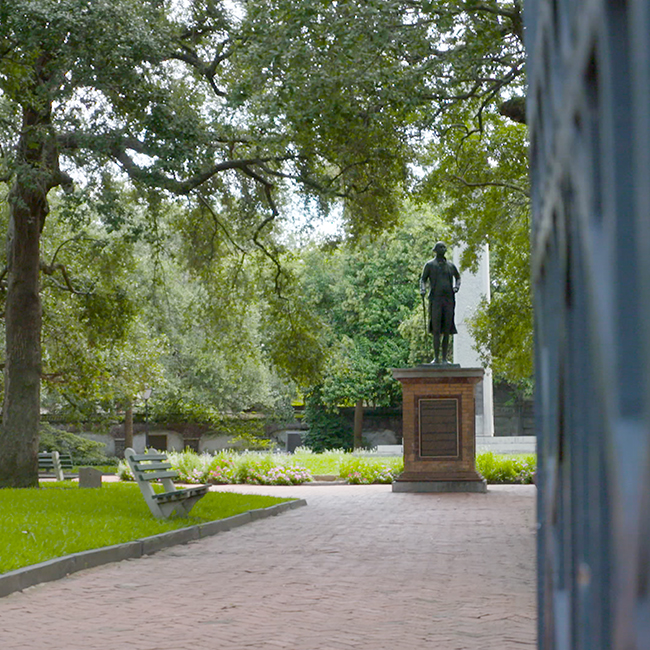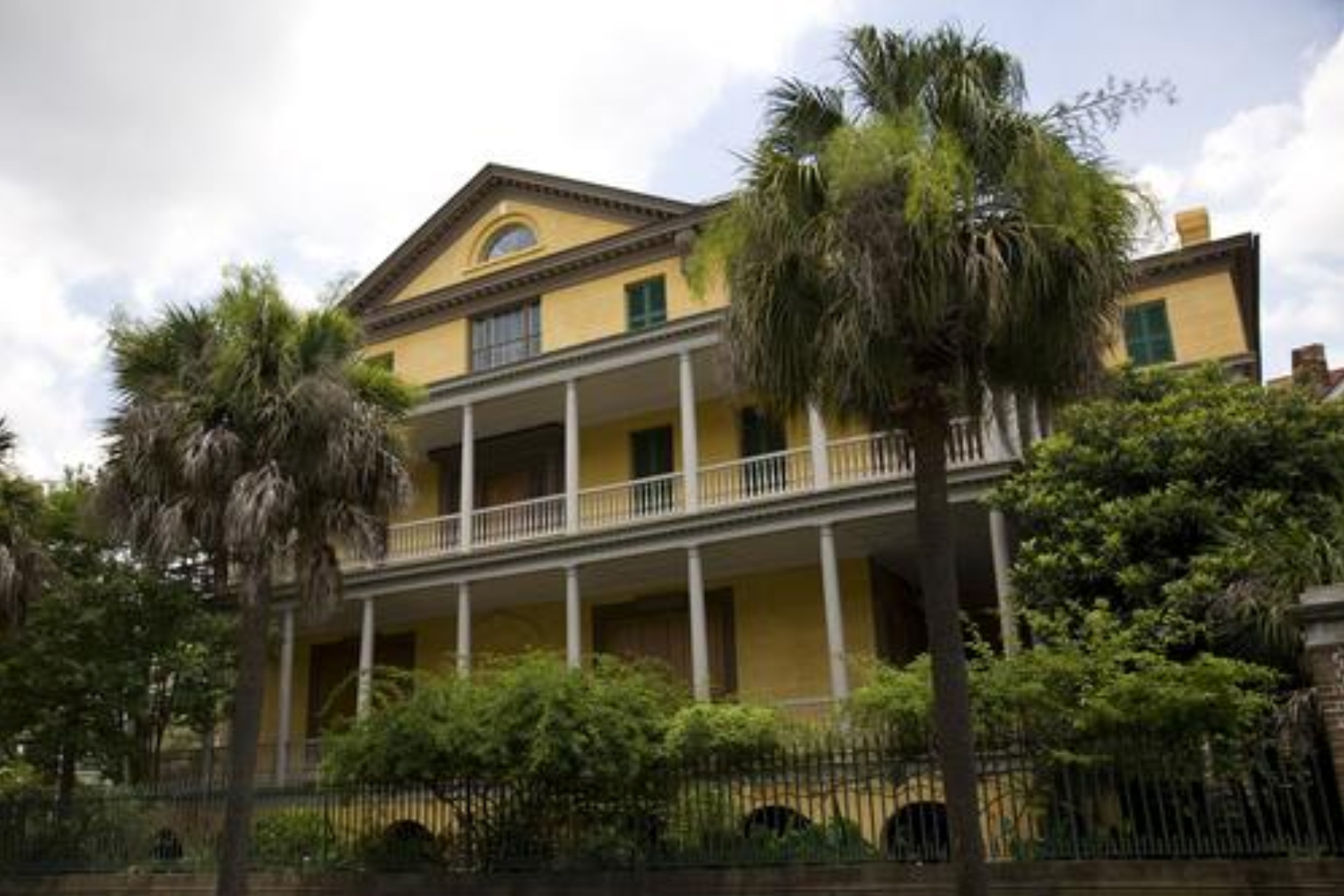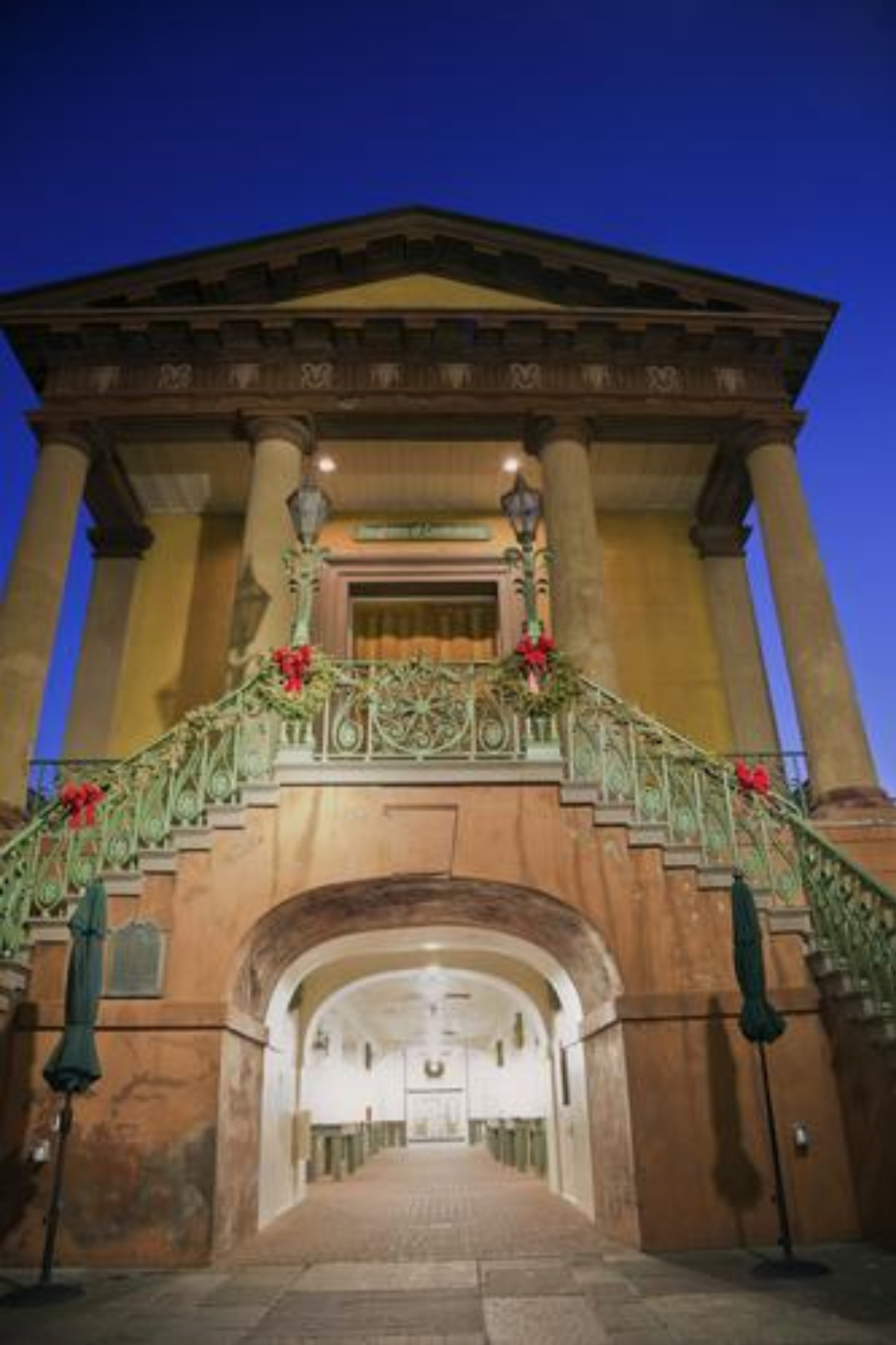
Explore the Rich History of Charleston on the Museum Mile
It’s easy to see why the city of Charleston attracts history buffs from across the nation. With its cobblestone streets, historic homes, and old plantations, the story of the Holy City runs deep throughout the Lowcountry and begs to be explored.
One of the best ways to experience a taste of Charleston’s rich past is by walking the city’s Museum Mile. This one-mile stretch of Meeting Street is full of nearby museums, nationally recognized historic homes, scenic parks, and stunning churches that have given the Holy City its moniker.
If you are lucky enough to live in Charleston, then the cultural sites along the Museum Mile can be explored at any time. However, those in a time crunch may have to be choosy about where they visit. Here are some stops that are highly recommended:
The Charleston Museum
The Charleston Museum’s history runs nearly as deep as the many collections and exhibits it displays. First created in 1773, the Museum is often referred to as “America’s First Museum,” and it was born on the eve of the American Revolution.
The Museum is a must-see for those who want a comprehensive look at the history of the Lowcountry. Permanent exhibits include not only the Revolutionary and Civil War eras but, also the Native Americans that inhabited the Lowcountry before European settlers transformed the region.
The kids will enjoy Kidstory, an interactive exhibit that gives them a fun and exciting way to learn about the history of Charleston. Kids will also love the natural gallery and the engaging storytellers at the Museum who bring the stories of yesteryear to life.
Aiken-Rhett House Museum
If you’re hoping to tour some historic homes, then the Aiken-Rhett House Museum can’t be missed. Built in 1820 by Charleston merchant John Robinson, the house was sold to wealthy Irish immigrant William Aiken Sr. in 1827 after Robinson fell on hard times financially.
Aiken and his wife began renovating the house in 1833, making it one of the most impressive homes in all of Charleston. It remained in the family for 142 years, until it was purchased by The Charleston Museum and opened to the public in 1975.
Today, visitors will enjoy seeing the many artifacts that Aiken and his wife brought back from their travels in Europe, in addition to the remaining traces of the original occupants of the house.

Gibbes Museum of Art
History buffs and art enthusiasts alike will enjoy the Gibbes Museum of Art, which houses a large collection of fine art from both early colonial artists and contemporary works from local artists in Charleston and the Carolinas. This museum is a great way to delve into Charleston’s past by examining its fine art collections.
For a small price, visitors will get to take in both new and old exhibits, experiencing the history of the South through its stunning artwork. Anyone who is a fan of art will find the Gibbes Museum of Art to be a memorable experience.
Old Slave Mart Museum
This antebellum slave auction site offers a sobering view of Charleston’s role in the slave trade. Now a National Historic Landmark, it’s worth stopping by simply to read some of the compelling history and see the rooms in which slaves were sold.
As you view the artifacts and African arts, the friendly staff at the Old Slave Mart Museum will tell you about the slave auctions in the South. Although it is a small site, the Old Slave Mart Museum has plenty of fascinating reading material. For this reason, children may not find the Old Slave Mart particularly exciting, but it is an important place to visit due to its historical significance.
Confederate Museum
This National Historic Landmark was built in 1841 in the Greek-Revival style architecture and is the main building of the Charleston City Market. Located at Meeting Street and Market Street, the Confederate Museum offers visitors an inside look into Charleston’s connection to the Confederacy.
With its impressive collection of Civil War memorabilia, the museum is a true gem for Civil War enthusiasts. After you view the fascinating relics, you can venture down to the City Market located just below the museum.

The Powder Magazine
Dating back to 1713, The Powder Magazine is the oldest public building in South Carolina and once used as a gunpowder store in the Revolutionary War. Now a museum and National Historic Landmark, The Powder Magazine contains intriguing artifacts relating to Colonial military history of the entire state.
The Powder Magazine has interactive exhibits, including a fun video game that allows you to shoot cannonballs at pirates off the coast of South Carolina. The building itself is worth examining closely, with walls roughly three feet thick designed to withstand explosions.
Old Exchange & Provost Dungeon
The Old Exchange is a historic building that was first opened as a public building in the early 1700s and remains a public building to this day. The three-story building has served a variety of roles in the past, most notably as a prisoner of war facility for American soldiers captured by British forces during the Revolutionary War.
In addition to housing prisoners of war, The Exchange has played other key roles throughout South Carolina’s history. In 1788, it was the building to house the South Carolina convention to ratify the United States Constitution. The Old Exchange was also the place where confiscated tea was stored from the American Revolution in 1774.
Today, The Exchange is enjoyed by people of all ages. Knowledgeable docents provide public tours and will lead visitors down the chilling corridors of the Provost Dungeon. The Waterfront Park is also nearby, giving you a place to relax and enjoy the fresh air after the haunting experience of the Dungeon.

Charleston is a unique city that offers visitors many opportunities to connect with American history. Plan a trip soon to enjoy all the wonderful things that Charleston has to offer!



